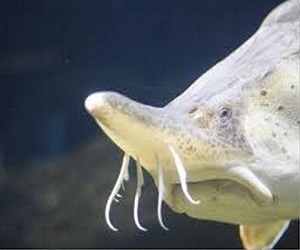The First Annexation of Crimea 1784
Catherine the Great was determined to expand the Russian Empire’s hegemony.
Russian-Turkish War
A decisive moment in the fate of Crimea was the outcome of the Russian-Turkish War that lasted from 1768 to 1774. Russians had been destabilizing Crimean tartars for years and an overstretched and weakened Ottoman Empire was easily defeated by Russian forces. The Peace Treaty of Kϋϛϋk Kaynarca brought peace to the region benefiting Russian interests. Under this treaty Turkey and Russia agreed to recognize the independence of the Crimean Khanate. Russia was given dominance of the Azov and Kerch ports allowing the country direct access to the Black Sea. In addition, Russia gained official status of protector of the Orthodox Christians living in the Ottoman Empire which 70 years later was used as an excuse to expand its territory southward and eastward triggering the bloody Crimean War in 1853.
Annexation of Crimea by Catherine II
Catherine II, also known as Catherine the Great, weighted the advantages and disadvantages of annexing the Crimean Peninsula in violation of the Peace Treaty of Kϋϛϋk Kaynarca. Turks and Crimean Tartars had aspirations at taking the entire peninsula so Russia had to have a presence in the region. Annexing Crimea would lead to a continuous border between the Black and the Azov Seas which would change the defense strategy of the southern border. Setting the defense of the southern border in Crimea would strengthen Russia’s influence in the Black Sea. It would give Russia the power to monitor the mouths of the Danube and Dniper Rivers. Another benefit was that the Black Sea had no restrictions on the size and tonnage of vessels, unlike the Dniper estuary which could be blocked at any time by Turkish fleets. A Black Sea fleet would keep the Ottoman Empire in check. Establishing a port in the Black Sea was strategically important for Russia as most of its ports freeze in winter and it was essential for trading and to support a strong navy.
Catherine II was determined to continue her territorial expansion and preparations for annexation started over a year before the final annexation took place. In December 1782 she ordered the Foreign Affairs Board to start diplomatic work with European powers of the day such as Britain, France, Austria and Sardinia. Concluding that Russian ports would feel threatened by the Ottoman Empire, Catherine the Great issued a manifesto on April 1783 justifying the annexation of Crimea to the Russian Empire. The final documents were signed on February 2, 1784.
Russians were continually meddling in Crimea destabilizing their government. Catherine encouraged revolt against the Khan and installed a puppet government faithful to her. When the annexation took place Tartars raised in protest. She insisted that she was saving them from misgovernment.
European countries ultimately accepted the appropriation of the Crimean territory and it was considered a huge success of Russia’s foreign policy. The Treaty of Constantinople in 1784 ceded the Crimea Peninsula to the Russian Empire.
In order to secure its borders Catherine the Great gave orders to build the fortress of Sevastopol and the Black Sea Fleet. The construction of the Black Sea Fleet was given to Prince Grigory Potemkin, the Governor and General in Chief of Novorossiysk.
Category: Annexation of Crimea, History


